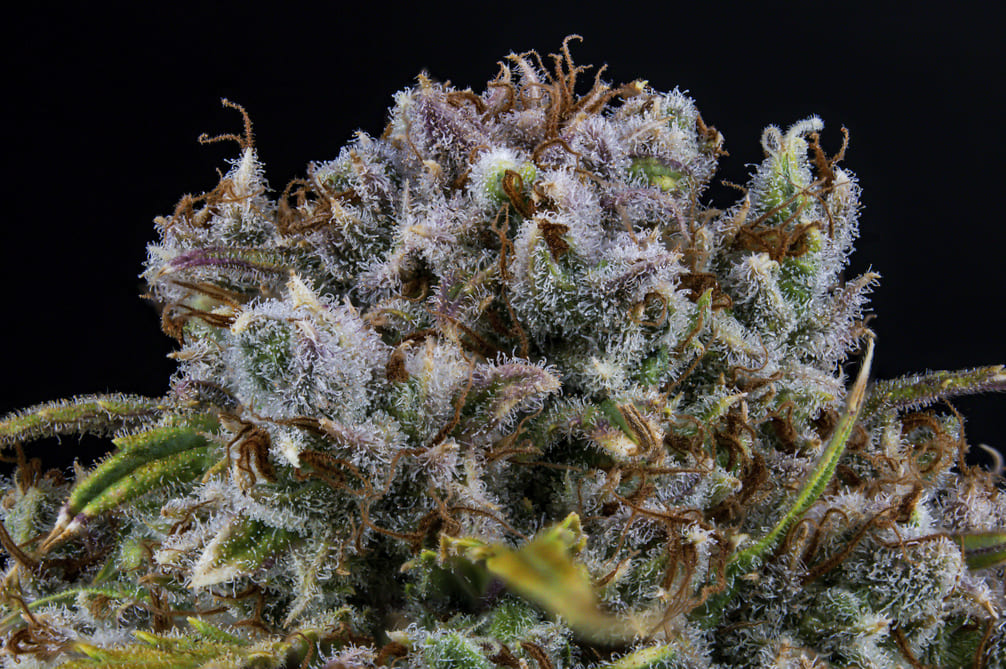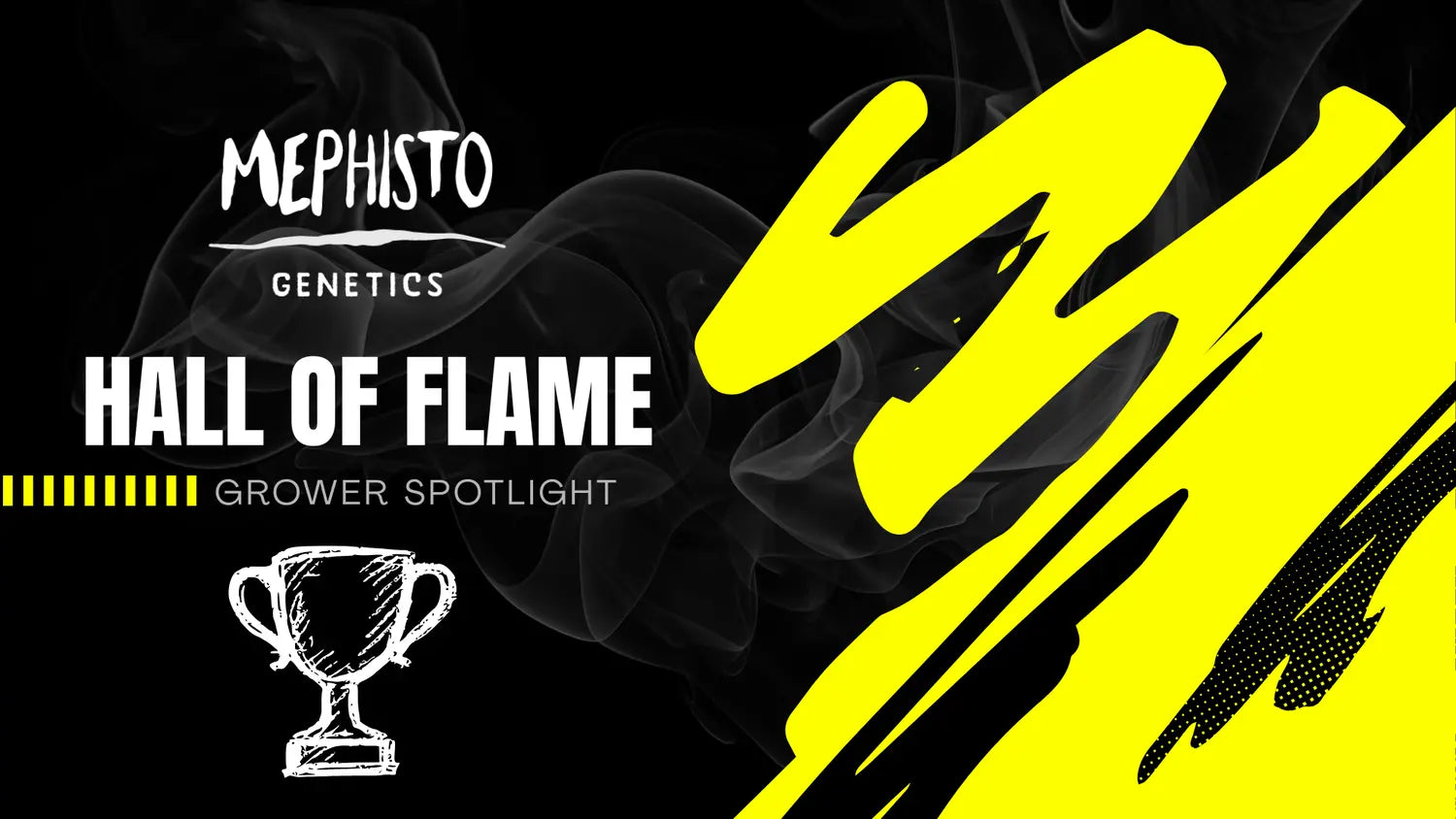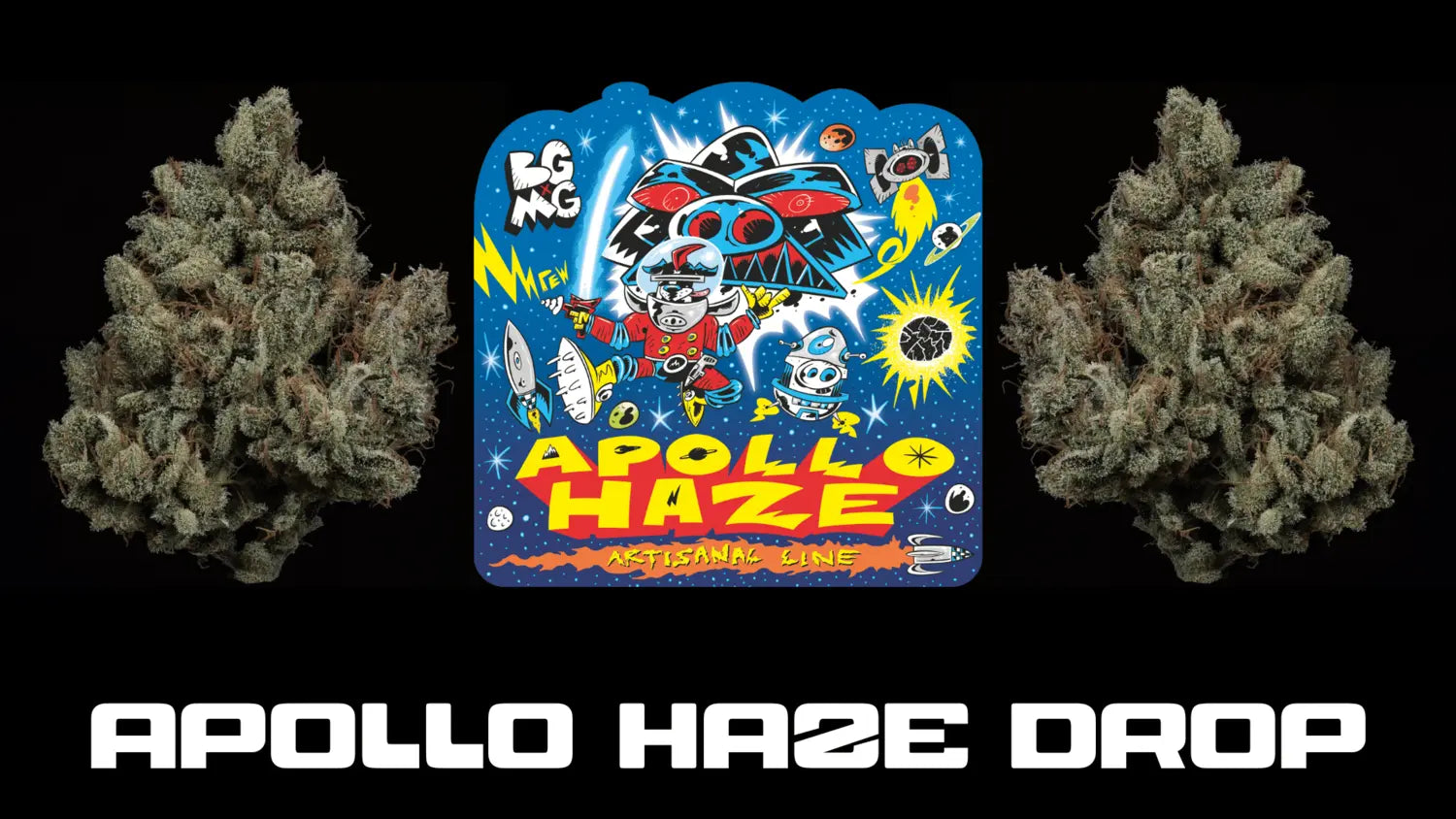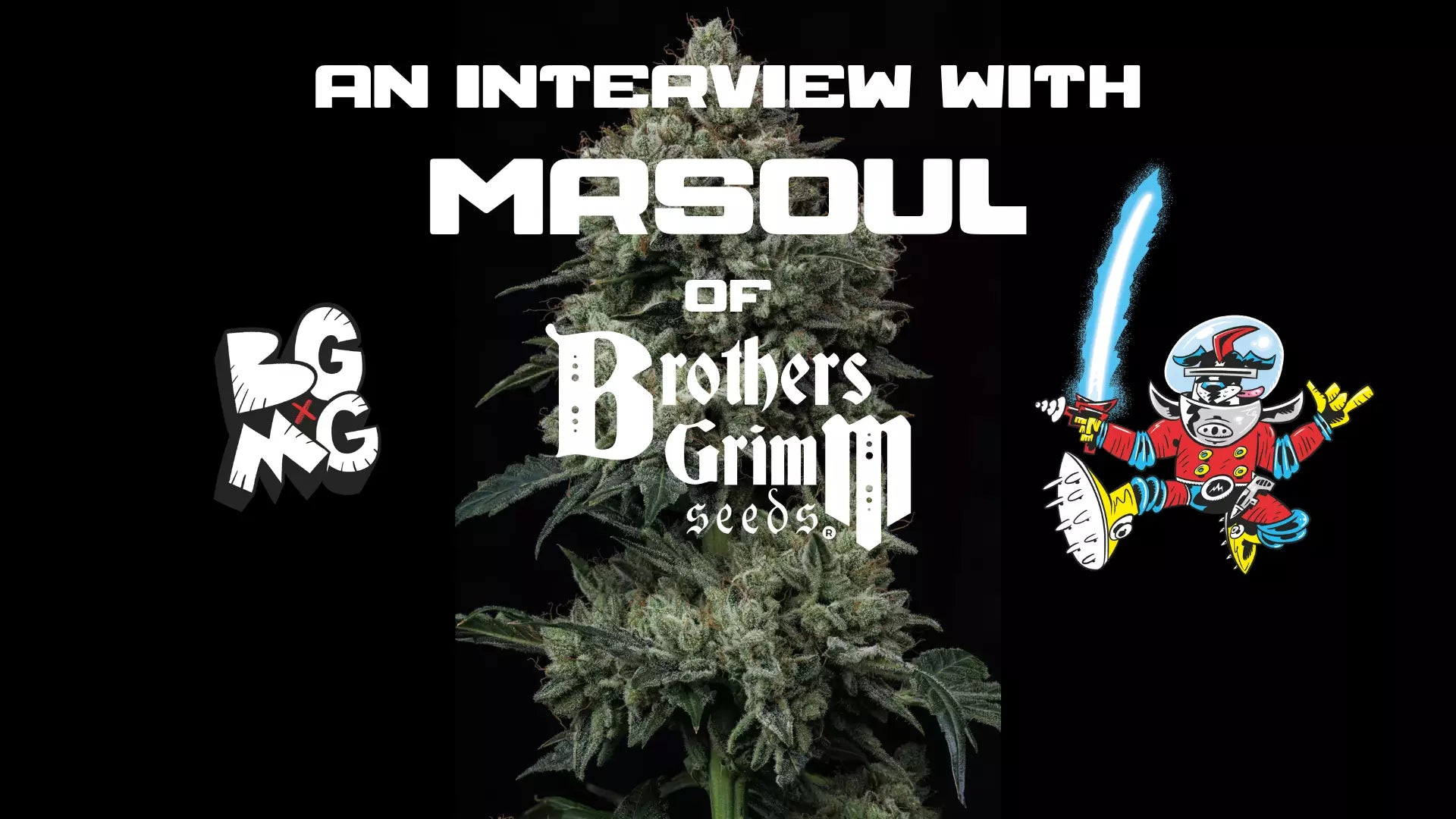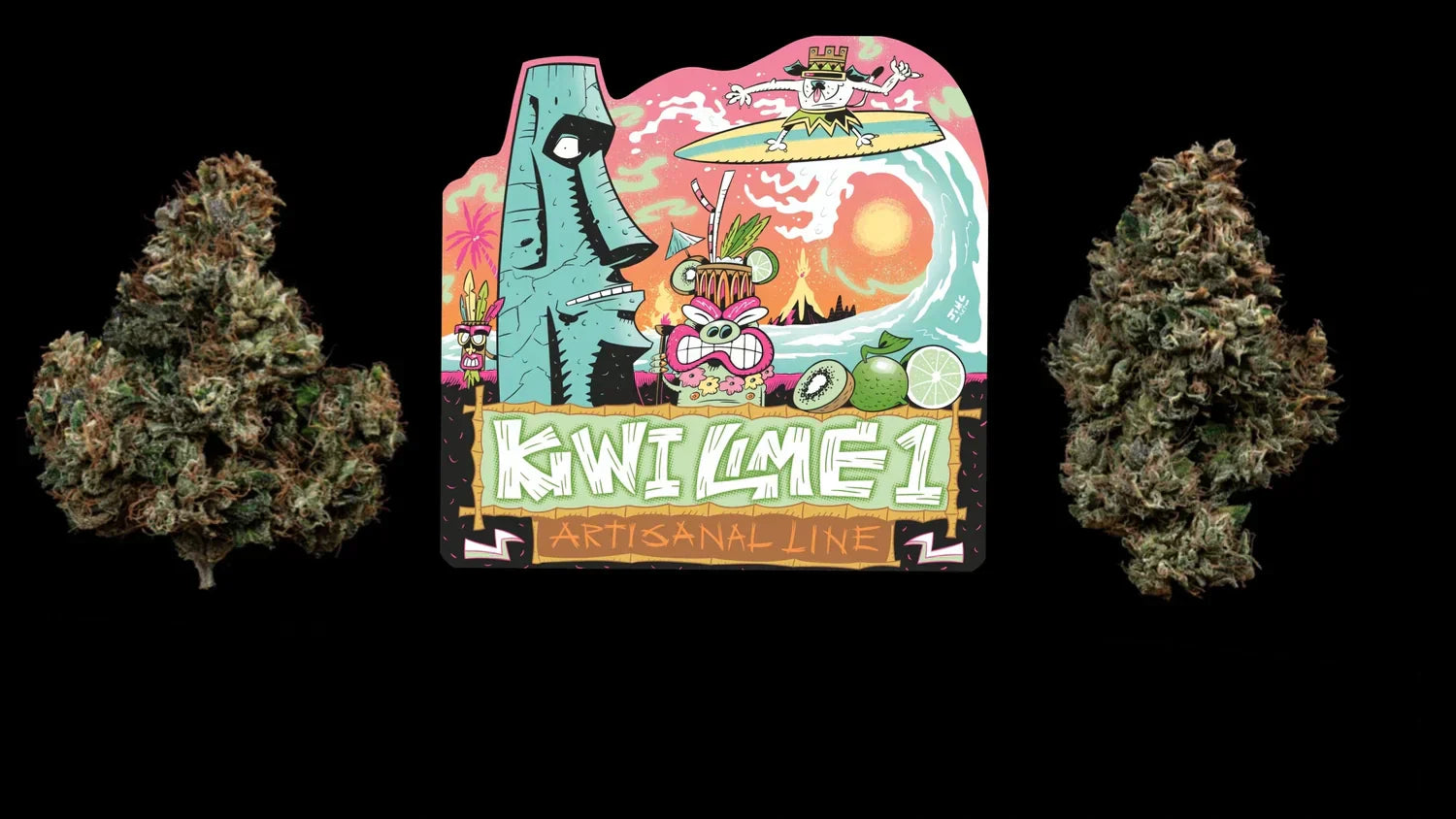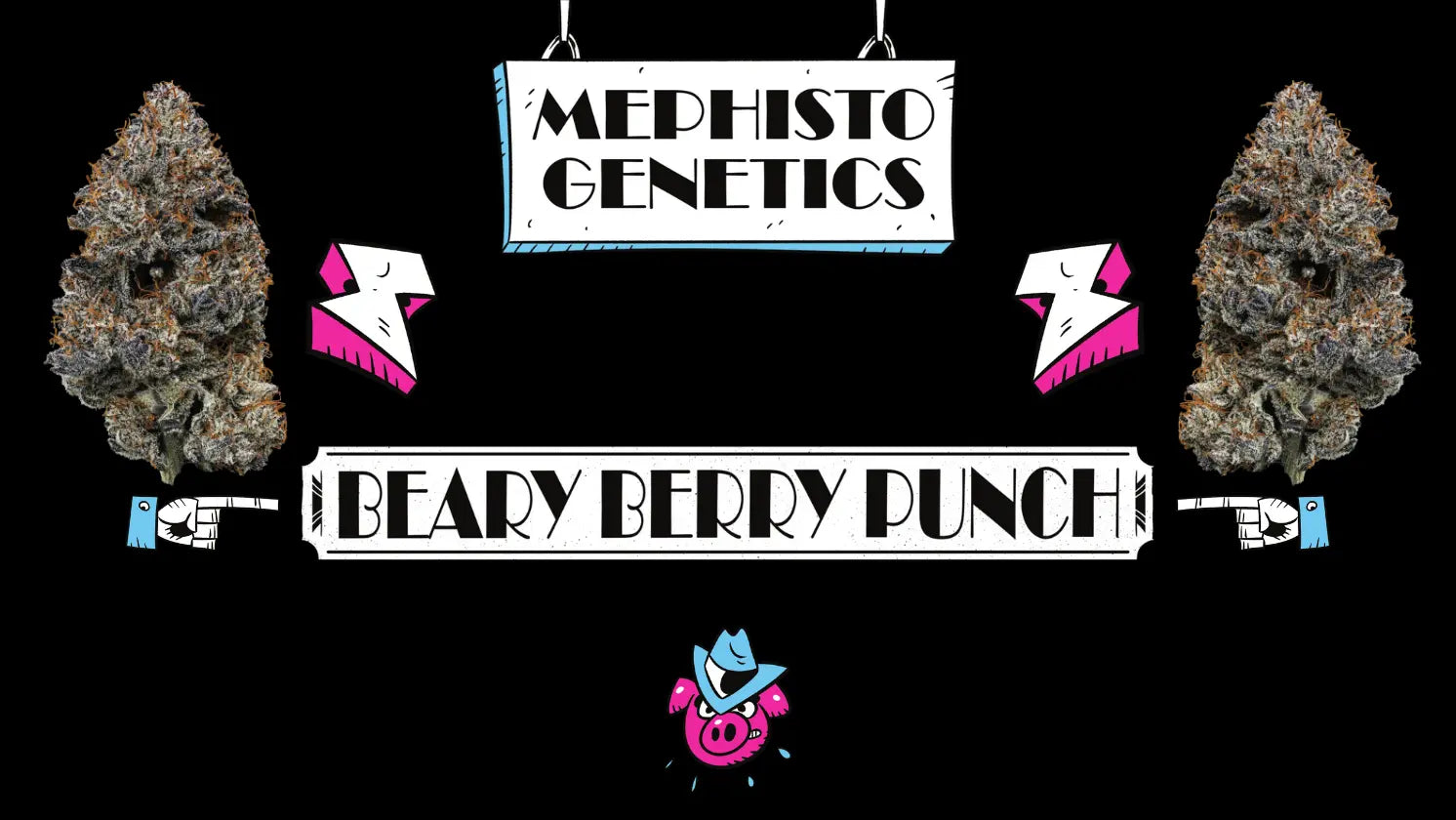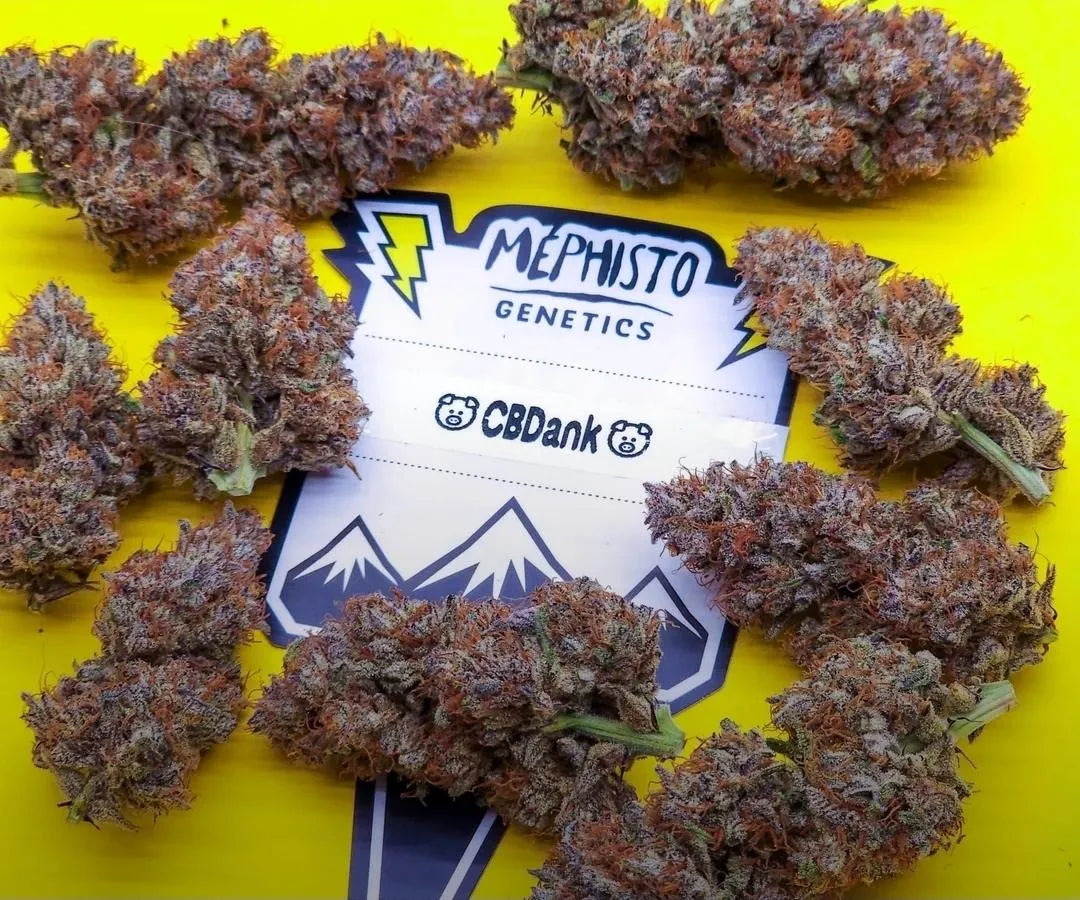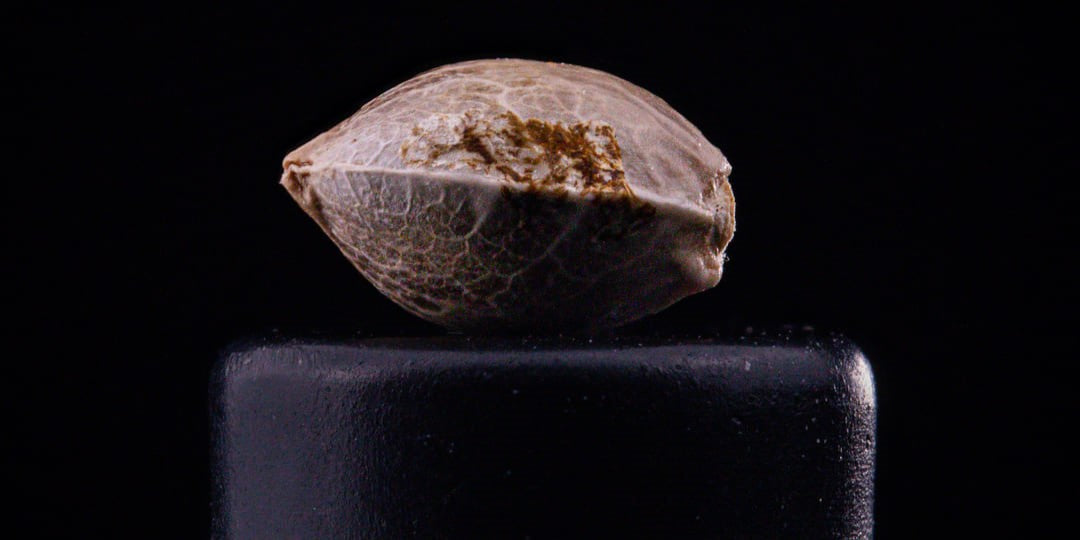What Your Autoflower Will Look Like When it’s Ready to Harvest
Like a beloved farm friend, the lifespan of our autoflowers come and go all too quickly. With cycle times between 60-90 days (sometimes more, sometimes less), these spectacular specimens grow and transition literally overnight. Before long, it’s time to start thinking about grabbing the ole dusty pair of shears and giving our final goodbyes. But, how do we know when an autoflower is ready to harvest? That’s a tough question to answer as there is some subjectivity involved. At Mephisto Genetics, we offer cycle time estimations from sprout to harvest on each of our offerings. These figures are based on data collected not only from our team but from our community of testers and growers. For example, Iced N Baked has a cycle time of 65-80 days. This estimate represents the window of time for most growers to expect to see one of a handful of telltale signs that their Iced N Baked plants are indeed ready to be harvested. In this article, we are going to review those telltale signs so that you know exactly what to look for when you reach your strain’s harvest window.

Key Phases in an Autoflower Lifecycle
The autoflower journey from seed to harvest can be broken down into key phases. First, as a seed emerges from germination, it begins life as a seedling. After a week or two, your seedling begins to stretch and push out lateral branches, indicating its transition into the vegetative phase. Marked by rapid foliar growth and vigorous expansion of the upper canopy, the vegetative phase can last several weeks. Because autoflowers are not photosensitive, their flowering stage triggers automatically. This is marked by a pre-flower period where plants begin to show signs of pistils while also continuing to stretch. Once a plant has reached its vertical limit, it will begin to focus energy towards floral production. This is called the flowering phase and your autoflower will continue to develop buds for several weeks until it begins to display end-of-life signals. This final stage is often referred to as the late flowering period. It is when the plant begins to senesce and prepare itself for the end of days. It is within this very window where us growers must be hyper-observant to look out for the optimal window to harvest.
Visual Indicators that Your Autoflower is Ready to Harvest
- Swelling or Fattening of Buds- The very first visual cue you should look out for when you reach your cycle time harvest window is your floral clusters beginning to swell. Once your autoflower has fully transitioned to flower, it will stop sending growth hormones (AKA auxins) up the meristem and lateral branches. Instead, that energy gets repurposed to ripening buds. Often times during the final stages of life, this swelling will intensify. What once seemed like an airy flower will see explosive bract growth, giving your autoflower its signature swollen look that indicates harvest time may be right around the corner. It important to note that different varietals will swell differently during their final stages of life. Alien vs Triangle and ManBearAlienPig are two examples of Mephisto strains that swell considerably during their flowering cycle. They produce massive oversized floral clusters that are bursting with trichome-laden bracts. On the other hand is a varietal like Fugue State, which displays modest-sized floral clusters until the very final days of its life when bract swelling happens pretty suddenly. This is a big reason why we provide late flowering photos of our strains on the website. These images can help you develop an introductory understanding of how your autoflower will perform, as well as what to expect in late flower when your plant is near harvest.
- Pistil Color Transition- Tucked beneath and between the sugar leaves of ripening cannabis flowers are bracts. These trichome packed conical protrusions act as little sleeping bags for developing seeds, and each one comes with its own pollen receiver: a pistil. You can spot a pistil because it looks like a long fuzzy white hair and your flowering auto will be full of them. A pistil is designated the job of catching staminate pollen and harboring it as it develops over time to become a seed. Pistils will eventually change colors, turning shades of red, orange and brown to signal the end of the plant’s lifecycle. Pistils may also change color for other reasons such as disease, agitation, pollination, heat or light stress, or deficiency. Some autoflower strains will have pistils that transition faster than others. Some plants will push out last minute new growth, pistils included. Although pistil coloration can be an important sign that your autoflower is nearing it’s optimal harvest window. It will be important to pair this observation with other visual indicators to rule out any other potential issues.

- Leaf Color Transition- Senescence is a natural aging process that plants undergo towards the end of their lifecycle. Autoflowers will begin to senesce in late flower, a process that triggers leaf color transition. Bright evergreen leaves will begin to “fade,” displaying a spectrum of fall colors. Leaves will in some cases decay or wilt as well, a sign that the plant is using up their last reserves. Beautiful orange and magenta sunbursts, dark indigos and just about every color in between are all possibilities with senescing autoflower leaves. A few of our most fabulous colorful finishers include the deep purple hues associated with Double Grape, Creme De La Chem and her offspring Mephisto’s Wedding. Mango Smile always puts off Red and Oranges. Varietals like 24 Carat and Jammy Dodgers will fade yellow towards the end. Fading can occur up to a few weeks before a plant is ready to harvest, so just like with the aforementioned visual indicators, make sure to pair before making your final decision.

- Trichome Opacity Transition- Trichomes are the tiny biomedical compound synthesizing factories which blanket the foliage of cannabis plants. They come in a handful of shapes and sizes and exist all over the plant in various stages of growth. Among other characteristics, trichomes are responsible for producing the volatile compounds that give cannabis its unique bouquet of aromatics. Glandular trichomes, which appear during the flowering cycle en masse, are distinct in that they are capped with bulbous sacs that synthesize everything from terpenes to cannabinoids and flavonoids. Early in their existence, these bulbous trichomes appear clear in nature. As they age, they become opaque and appear cloudy. This is an indication that the compounds within have reached peak maturity, once a trichome begins to turn amber in color, those compounds have begun to degrade. Molecules such as THC will convert to CBN, giving cannabis a uniquely sedative effect. Once this process begins, something which typically happens from the top down on a cannabis plant, slowly all of the trichomes will transition.

As growers, we can use our understanding of trichome transition to help us to indicate when a plant has reached peak maturity. We do this by getting a close look at the trichomes.To the naked eye it can be very difficult to discern between trichome gland colors. This is why we incorporate our trusted jewelers loupe into the observation process. These loupes with their 20-40x magnification will give you the necessary zoom required to get a nice view of your plants’ ripening trichomes.Under the scope you’ll find a range of shades from completely clear to milky, and then amber.
Depending on the maturity of your plant (among other factors), the ratio of clear to cloudy and amber trichomes will change. Less mature plants will have fewer amber trichomes while fully mature and overripe plants will display a higher concentration of amber. Various grow guides will encourage you to harvest based on percentages. Although when you are actually looking through a loupe, its going to be nearly impossible to make up your mind as to what percentages you are actually seeing in an ocean of tiny bubbles. Use this reference instead: Harvest when you begin to find it hard to see clear trichomes amongst the cloudy ones and it becomes easy to spot the amber ones instead. Always make sure to cross reference this observation with the other three visual cues as well as checking back with our recommended cycle times to give yourself the best dataset possible to make an informed decision. In the end, if you aren’t personally familiar with the varietal, then you’ll need to see for yourself what works for you. In the end, you may find you will want to harvest earlier or later depending on the strain. This information is invaluable and will prove to be the most important indicator the next time you decide to run a given variety.

At the end of the day, or in our cases the end of a grow cycle, deciding when to harvest is a decision you are going to have to make. At least now you’ll have the visual indicators you know to look out for to help make the decision to harvest as informed as possible. Cheers, Meph-Heads!
Jimbo signing out!
related blogs.
Check out these other blog articles.
